Grief
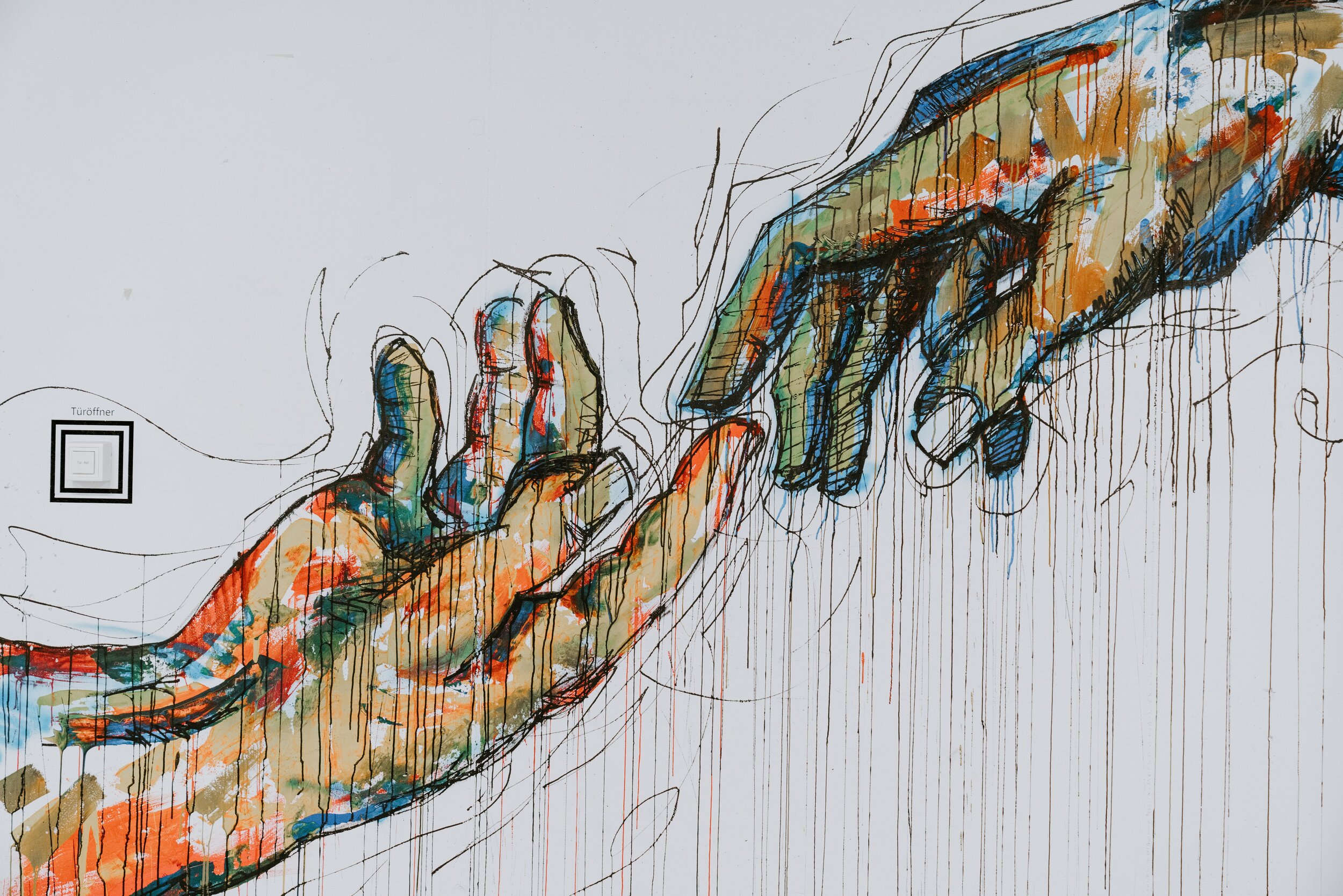
Being in a relationship with someone who has a trauma history can be uniquely challenging at times. In many cases, individuals who experience trauma may behave in ways that are hard for their partner to understand. They may experience panic attacks, express distrust, escalate quickly to anger, or become disengaged. As trauma can interrupt emotional processing, those who have experienced trauma often struggle to articulate what is really going on inside of them. This can cause conflict and miscommunication, and it can make it difficult for well-intended partners to know what kind of support to provide. If this sounds a bit like your experience, not to fear! There are ways to become a trauma-informed and compassionate partner while also maintaining your own boundaries and safety within your relationship.

Many clinicians and clients alike tout the positive aspects of journaling. When working towards a personal goal, managing emotional wellbeing, or looking for a creative outlet, journaling can be an excellent coping mechanism. Journaling is a simple, and extremely effective coping mechanism yet it is largely underutilized.

While the holidays can be stressful for everyone, those dealing with depression and anxiety can struggle that much more. About 1 in 5 adults will suffer from mental illness each year and the holidays can create more stress, that triggers or exacerbates those mental health conditions. One of the best ways to alleviate stress is to engage in effective self-care such as eating balanced meals, getting enough sleep, and making sure you have enough downtime.

While the holidays may bring up thoughts of spending time with friends, delicious food, and other festivities, for others the holidays can bring up feelings of stress, anxiety, and depression. This year, these feelings may be stronger with many unable to see family and friends. If you’re experiencing stress during this holiday season, below are some coping strategies to manage increased levels of stress, anxiety, and sadness.
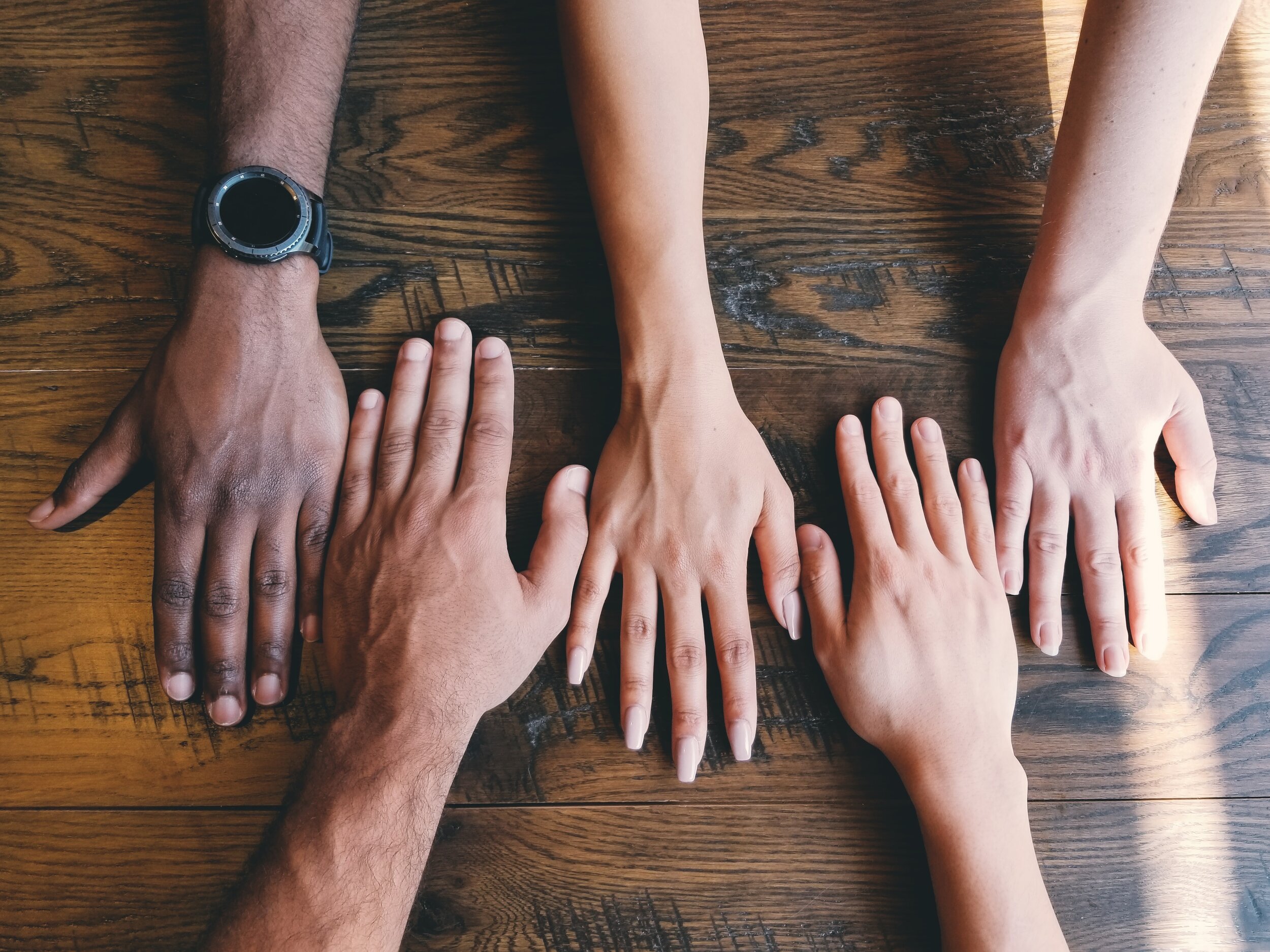
With so much content across social media around the pandemic and ongoing protests as well as outcries amongst systemic racism and police brutality, it’s important to understand the impact this has on one another and how this may exacerbate ongoing trauma responses.
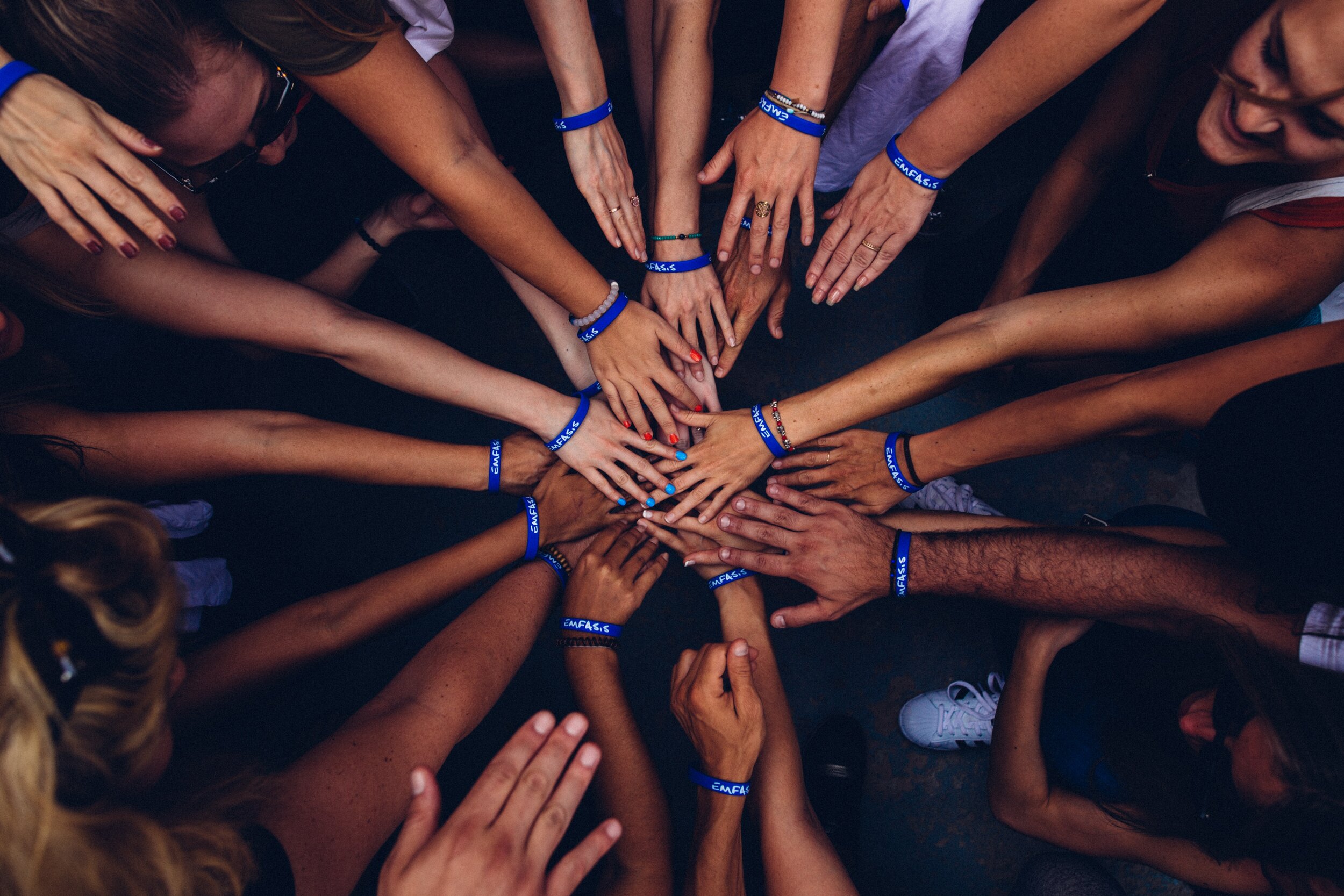
It is crucial during this time to create healthy boundaries and engage in self-care. This looks different for all whether this be dancing, crafts, cooking, gardening, spiritual or religious practices, and many others. Limiting social media and news activity may be helpful in engaging in self-care, as well as breathing exercises and other mindful techniques to reduce anxiety and process difficult feelings. Self-care is crucial during this time, here are a few resources from the NAMI list of health resources for the black community.
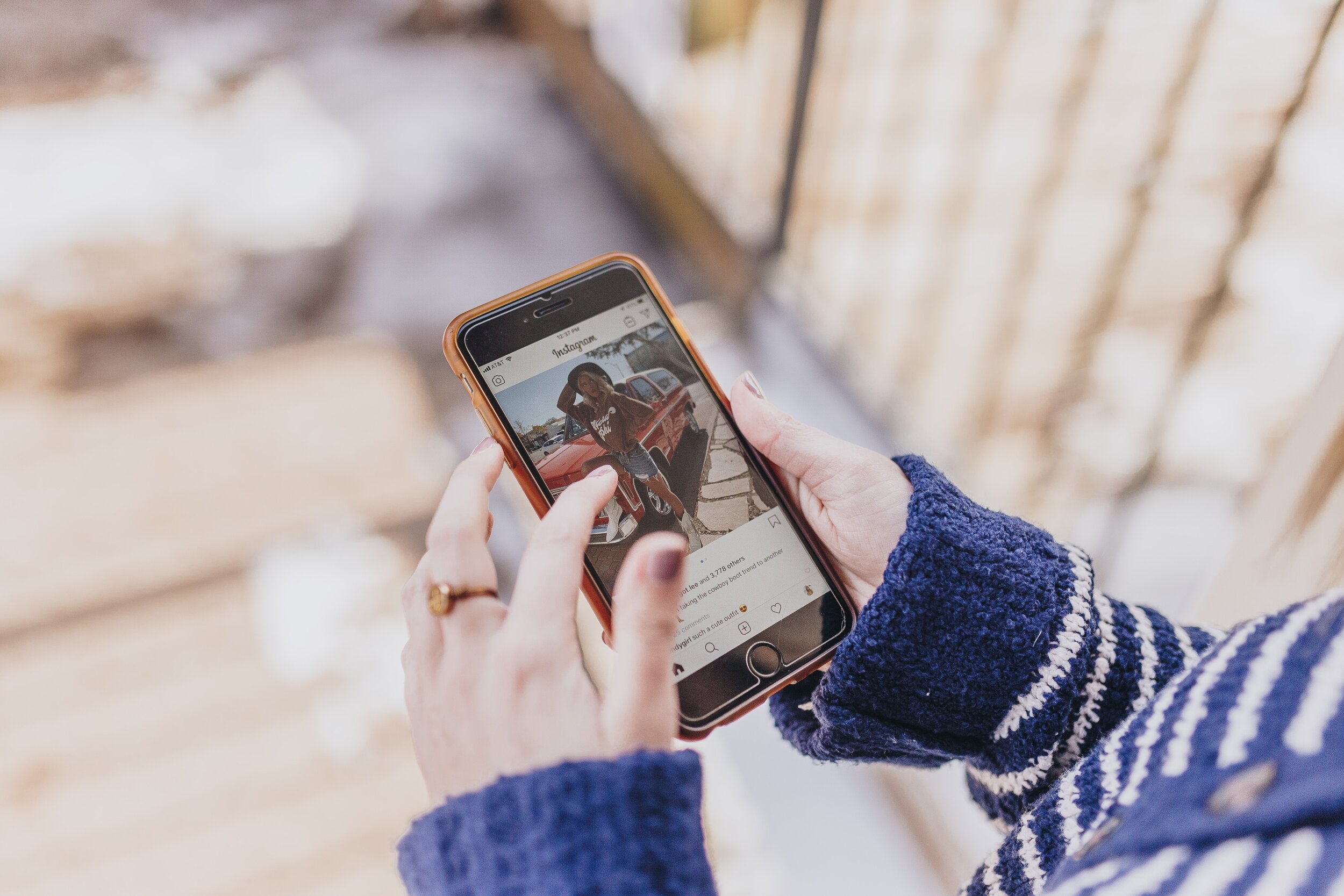
As protestors continue to take to the streets across the country, highlighting ongoing systemic racism, social media is amplifying these messages. Videos and photos depicting police violence toward protestors such as shooting them with rubber bullets, driving cruisers into crowds, and throwing tear gas at protestors can be viewed daily, across social media platforms. According to research, while this imagery shines light on racism and aims to bolster efforts in fighting it, the explosion of content can also cause and reinforce trauma, especially for black people. Trauma and the possibility of symptoms of PTSD can occur due to the accumulation of experiences of racism and discrimination.

It is reported that 20% of Black Americans are more likely to report symptoms of psychological distress than their white counterparts (MHA, 2020). Black teenagers are also more likely to attempt suicide than their white counterparts, and Black Americans are more likely to be victims of serious violent crimes than white Americans – thus leading to symptoms fulfilling criteria for Posttraumatic Stress Disorder (PTSD) (MHA, 2020). Racialized trauma plays a large role in these astounding numbers and the ongoing cycle of violence so many experience.
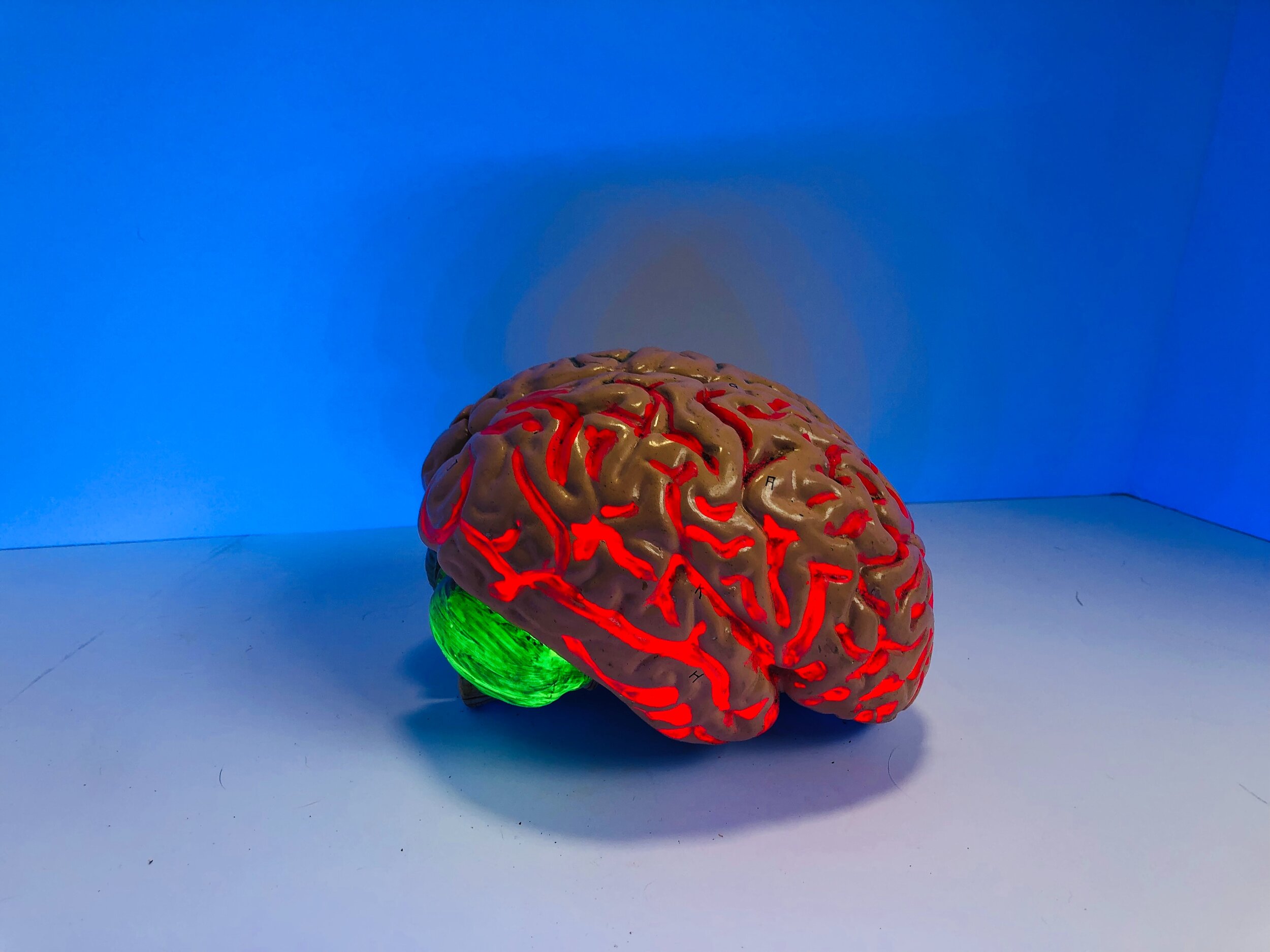
Ongoing media coverage and public outcry among many upsetting incidents across our country have sparked rage, anger, sadness, and action across not only our country, but the world. Conversations around race relations and biases within ourselves and the justice system, against individuals of color have been building and growing. From George Floyd to Breonna Taylor, Michael Brown and other lesser known cases such as the beating of homeless grandmother Marlene Pinnock, psychology is an important topic within the discussion on racial inequality and racial biases in America.
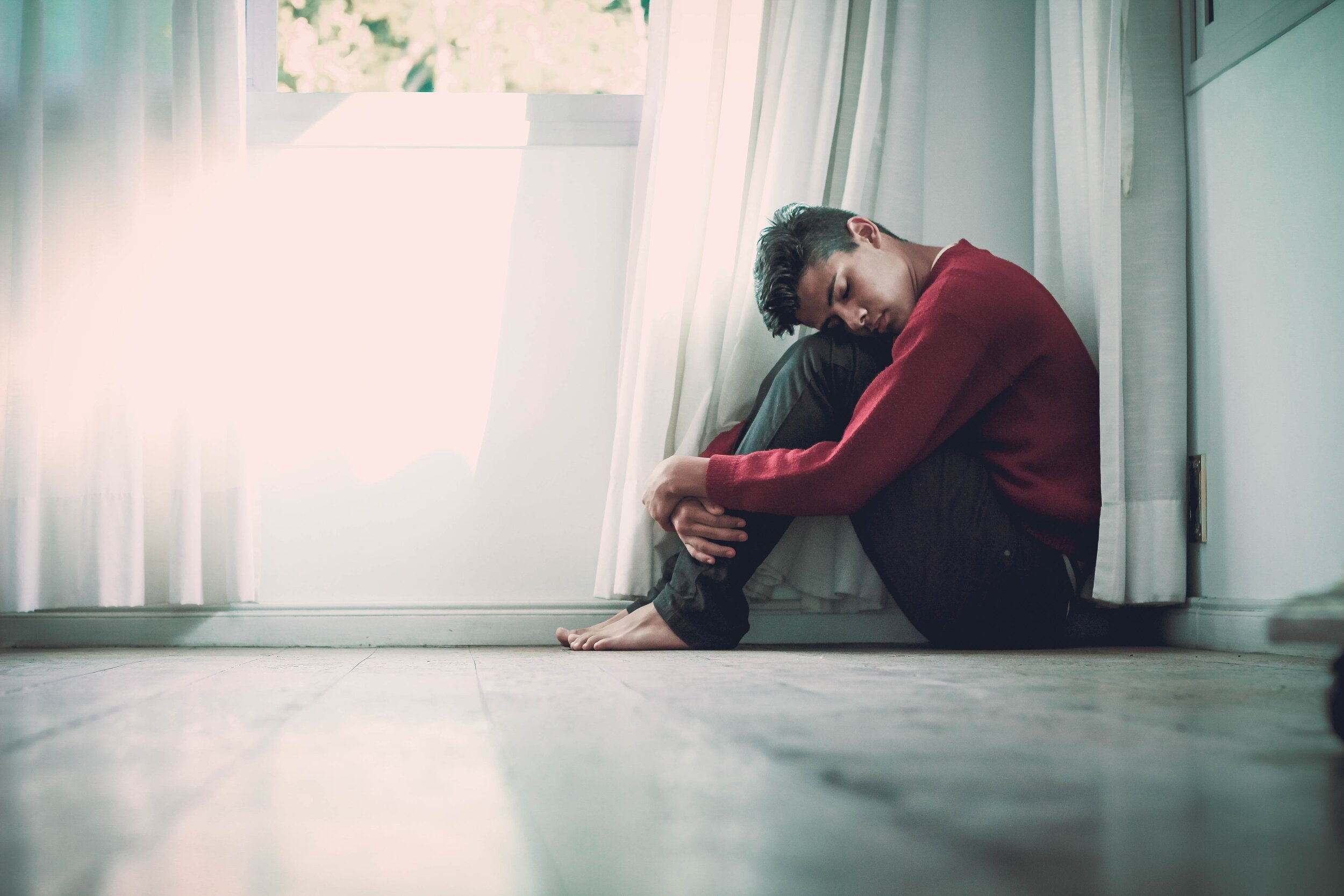
Everyone has heard of the concept of “fight or flight” before. We know that when we perceive a threat exists (whether real or imagined) our sympathetic nervous system awakens. We’ve all had those moments where we experience a surge of adrenaline and our heart beats fast, our breathing quickens, muscles tense, etc. In this moment, our brains are evaluating whether the danger is real or not and whether you will stand up to it (fight) or run away (flight). However, there is a third option to the fight or flight response that we don’t talk about as often and this is “freeze”. We will explore this response, the benefits of this, as well as ways to reduce the impact this has on our bodies and minds.